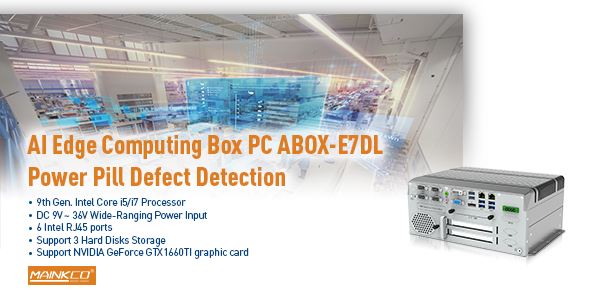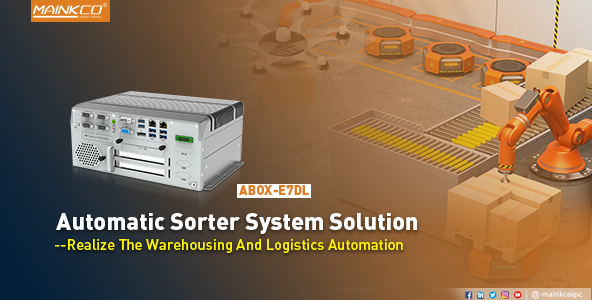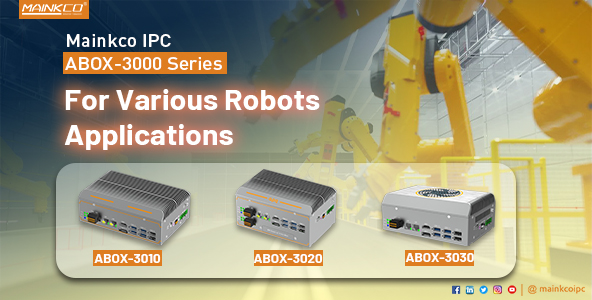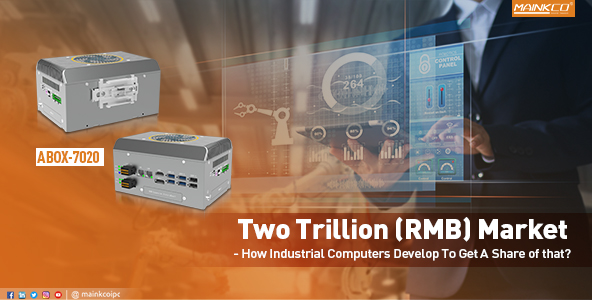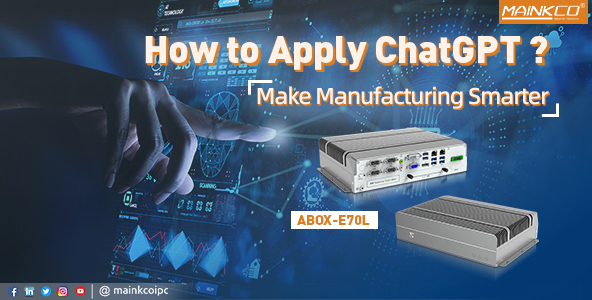In recent years, the industrial big data has gradually moved from the concept to the landing stage. The subdivided industrial field with good data base has been using the emerging big data and other technologies to create value.
Part of the source of industrial big data is the data in the field of production and operation, and a large part is the machine data generated in the operation process of production equipment and high-end products and equipment produced.
The real big data is not the data, which can be saved after the data access. The real thing to do is intelligent analysis and intelligent decision-making, and the corresponding intelligent decision-making through the intelligent analysis and optimization system built on the basis of the integration of the two technologies.
Industrial big data can be divided into three categories: one part is the industrial Internet of Things data, such as the data generated by production equipment, intelligent products and complex equipment. Some enterprise information data, and a very important data are the external cross-industrial chain data, including the environmental data in the operation of equipment, such as meteorological data, geographic data and corresponding environmental data. Only the total of these three kinds of data can be called industrial big data.
Characteristics of industrial big data:
Multimodal:
In the industrial system, there are many data types, data formats and data structures, and the structure relationship is complex. A steam turbine will have tens of thousands of parts, a complex equipment manufacturing enterprise, it is more than 300 kinds of data, so there will be multi-modal data characteristics in the industrial field.
High-throughput:
That is, whether production equipment or intelligent equipment may produce data 24 hours a day, we collect data at the frequency of minutes and seconds, in many applications and even milliseconds. The data volume of these data is very large, with massive equipment and measurement points, high frequency of data collection, large amount of data throughput, and high real-time data requirements, showing the “high throughput” characteristics of industrial big data.
Strong association:
When really doing a product design, it involves a lot of disciplines and majors. For example, when designing complex equipment, it involves not only structural analysis, but also fluid dynamics, dynamics, dynamics, electromagnetic radiation and other disciplines. The “strong correlation” between data reflects the system of industry and its complex dynamic relationship.
Based on the characteristics of industrial big data, there is a considerable difference between the data analysis of industrial big data and the data analysis in the field of consumer Internet. The analysis object of consumer Internet big data is more the interaction supported by the Internet. In fact, industrial big data is based on the physical entity and the environment of the physical entity. The physical entity is our production equipment and the intelligent equipment and complex equipment produced. In the commercial data, we must pay attention to the correlation of the data, but in the industrial field, we must emphasize the data causality and the reliability of the model. We must improve the accuracy of the analysis results to feedback the analysis results to the real industrial control process.
Challenges for industrial big data:
Technical challenges faced by enterprises in applying industrial big data. Enterprises are generally faced with the situation of weak data base, enterprises do not collect enough data, or even no data. Enterprises really need to have a strategic adjustment in the data transformation, it will have a large investment, if it does not have such strategic planning, it is difficult to afford the cost of professional data talent. There is also a lack of compound talents needed for industrial big data in the market. In addition, each industrial field has a unique knowledge field and mechanism formation of the industry threshold, and there is no universal solution that can be used in the industrial field. Industry solutions, can only play a corresponding value to a certain industry.
Management challenges faced by enterprises in applying industrial big data. Many partners or customers do not know how to connect data with business problems at the initial stage, and how to combine it with business, and do not know whether data can solve business problems. Some enterprises have the vision of applying industrial big data, but there is no unified implementation path of the business and industrial big data.
The mining of industrial big data is to combine the industrial Internet of Things data with cross-industrial chain data and enterprise information data, integrate the data scattered in every corner of the enterprise, and mine the value generated by the fusion of these data.
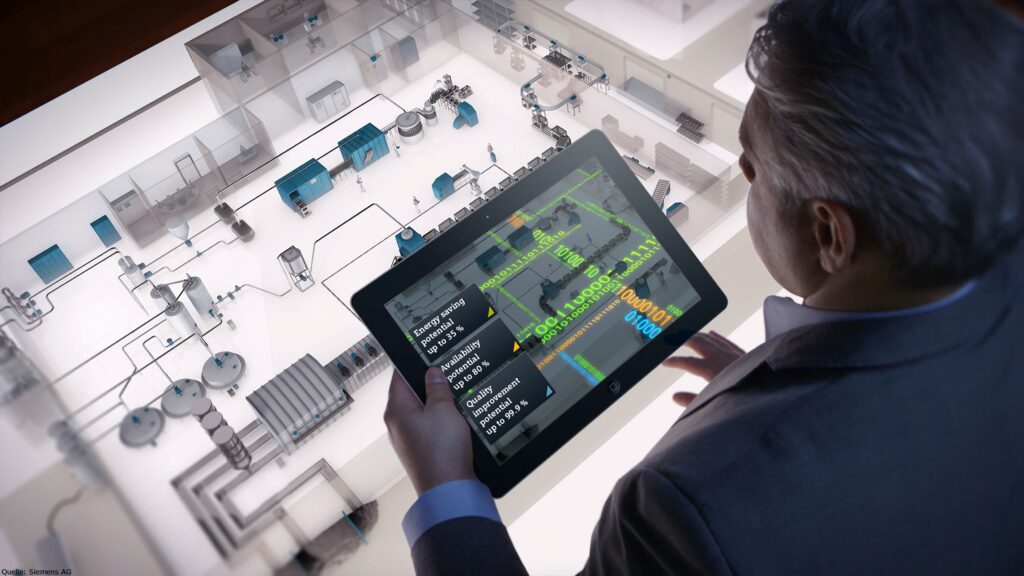
Industrial big data business landing:
Generally speaking, in the planning of industrial big data business landing with enterprises can be considered together with enterprises from two dimensions. On the one hand, from the perspective of business drive, we need to think about the overall business objectives of the enterprise, what kind of transformation to achieve the business objectives, and the specific business improvement and transformation direction; in order to achieve the business objectives, what is the ideal business process, and how to make the process combined and mapped accordingly with the data flow. This is a top-down thinking process from the top, which is the process of senior managers and strategic managers of the enterprise to think and lead, and finally implement through the improvement and enrichment of the middle management. In many cases, big data applications can indeed solve business problems, but they may not solve all business problems. Big data application really help enterprises is not only in the specific business problem solving level, it is to make enterprises to build the ability of data, when the enterprise have this ability, can really let the enterprise in the internal production management, external business model changes, really form the ability of continuous innovation and application.
How to use the data to drive it. The first is to see what kind of data in hand, where the data come from, how to collect the data, and what are the characteristics of the data, time timing data, space and time data, production products, the data, the data is how to save, manage, use, the other more important is how to ensure the data quality. Third, what kind of system and what kind of tools are used to ensure data storage, data management and data processing? At the same time, how to integrate and associate these data should not only analyze and manage the data generated by the equipment, but also associate the surrounding environmental data, geographic data and other cross-border data in the analysis process.

